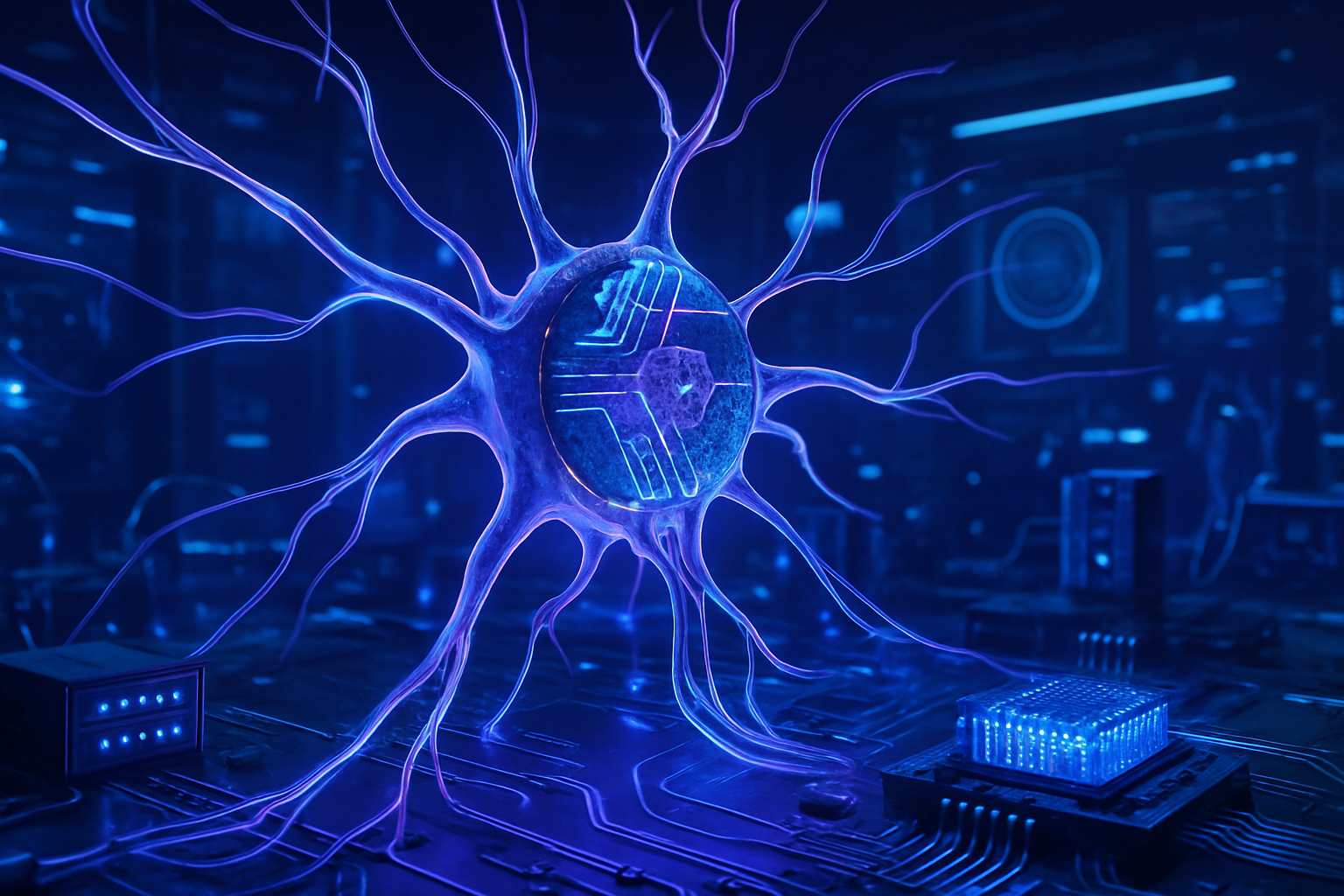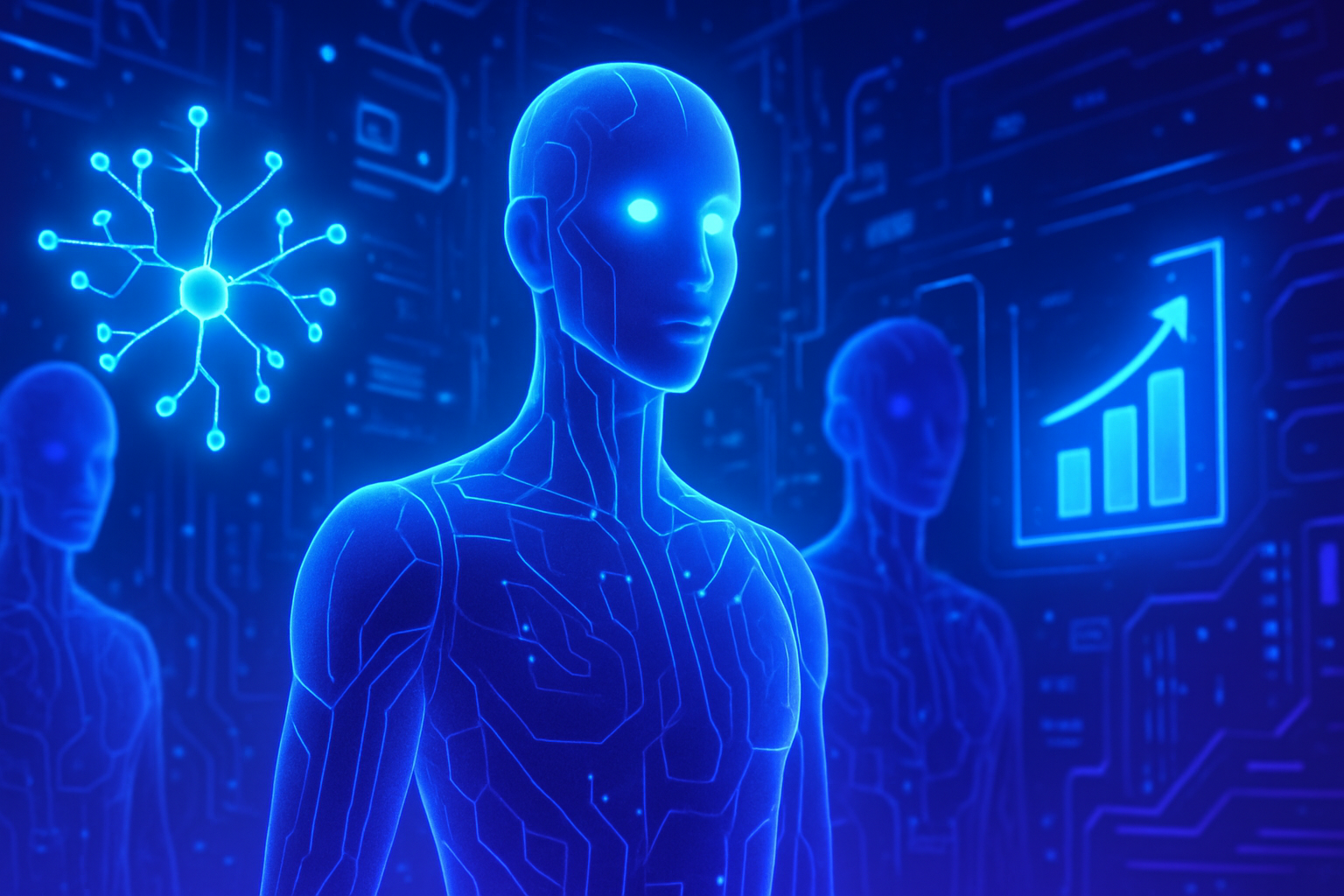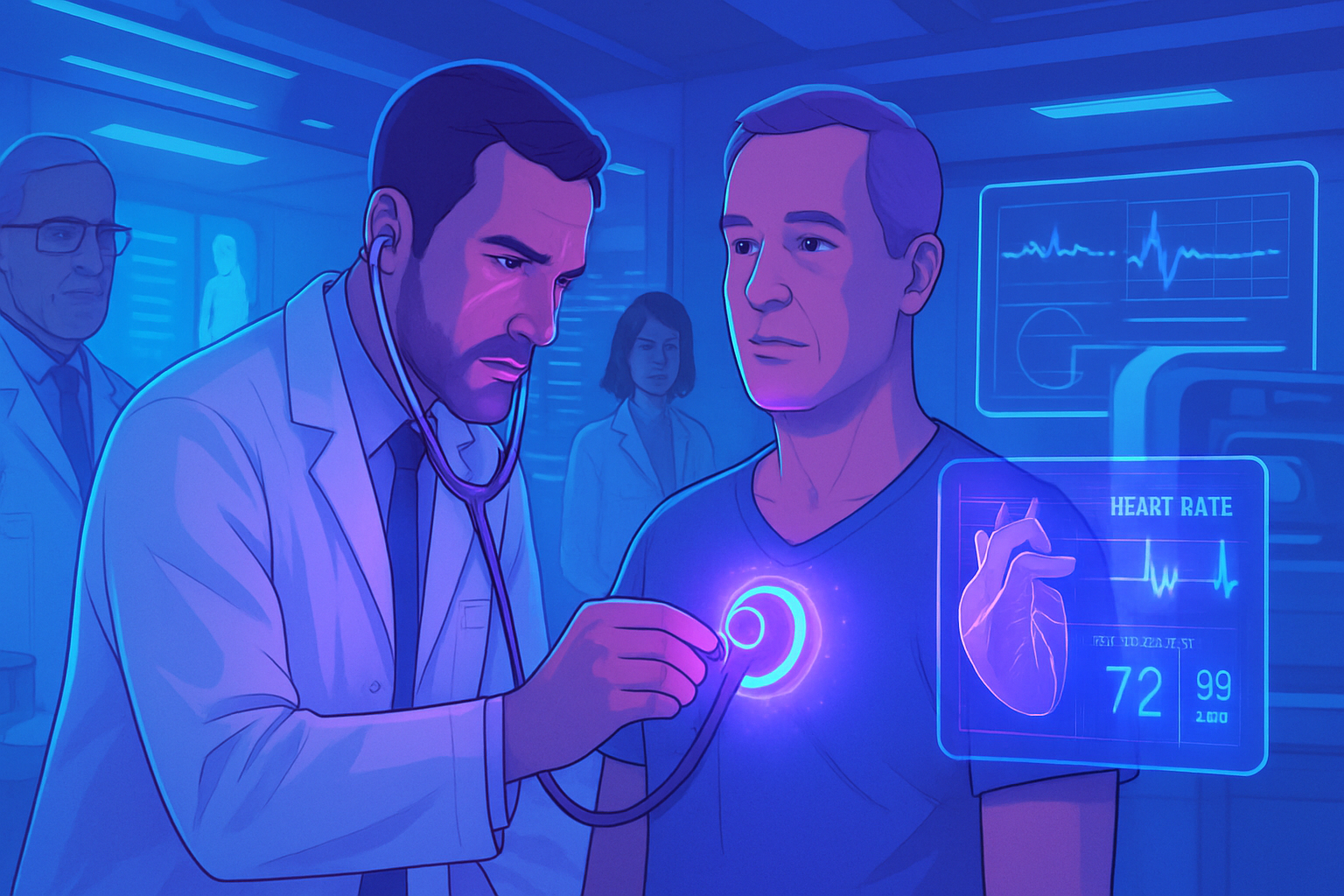The emergence of artificial neurons is revolutionizing artificial intelligence systems, enhancing their adaptability. The recent innovation of a neuron mimicking human biology incorporates DRAM with MoS₂ circuits, a promising alliance. This device, inspired by the structure and functioning of the brain, offers unimaginable prospects in the field of technology.
The integration of *synaptic plasticity* enables the optimization of data analysis while reducing energy consumption. Researchers are turning to this technology to promote cutting-edge intelligence, essential for the complex processing of information.
Experimentation around this neuron opens a path to exciting applications, notably in computer vision and image recognition. The future of artificial intelligence is shaping up through this major innovation, reflecting the desire to create more efficient and adaptable systems.
An advance in artificial intelligence
The development of an artificial neuron has recently emerged, integrating dynamic memory components and molybdenum disulfide (MoS₂) circuits. This innovative design aims to replicate the adaptability of biological neurons. The project, conducted by researchers from Fudan University, represents a technical feat in neuromorphic hardware.
Technical components of the design
This artificial neuron relies on two main components. The first part constitutes a DRAM memory system capable of storing electrical charges. This allows for the simulation of the variation of electrical potential at the membrane of biological neurons, essential for triggering their electrical activity. The second element, an inverter circuit, facilitates the conversion of incoming signals, generating electrical impulses analogous to neuronal discharges.
Emulation of synaptic plasticity
The advancements made by the Fudan team illustrate a remarkable ability to emulate synaptic plasticity. This mechanism, essential for cognitive functioning and learning, is characterized by adaptive changes in the strength of synaptic connections. Researchers have demonstrated that their artificial neuron can incorporate intrinsic changes, making it possible for a more faithful simulation of biological learning systems.
Experiments and results
To evaluate the performance of their design, researchers assembled several neurons in a 3 x 3 network and tested their ability to adapt to light variations. This network reacted effectively, mimicking how the human visual system adjusts to various lighting conditions. The results revealed significant potential in using this type of neuron for applications in computer vision and image recognition.
Potential applications
The application possibilities of the artificial neuron are vast. Due to its reduced energy consumption and efficiency, it could transform fields such as artificial intelligence and image processing. Visual recognition models powered by this technology promise significant advances in speed and accuracy.
Future perspective
In the future, researchers plan to design other systems inspired by biology, based on the principles developed with the artificial neuron in MoS₂. This new research pathway could offer innovative solutions to various computational challenges, making the transition to a greener and more efficient artificial intelligence increasingly feasible.
To delve deeper into the subject of artificial intelligence and its different dimensions, related articles are available. These resources discuss significant innovations and research transforming the fields of neuroscience and AI, such as:
- the MIT program dedicated to neuroscience,
- recent discoveries in artificial intelligence,
- the integration of physical principles into AI,
- innovations in artificial vision, and
- advancements in weather forecasting by AI.
Frequently asked questions about the artificial neuron and its innovative architecture
What is an artificial neuron based on DRAM and MoS₂ circuits?
An artificial neuron based on DRAM and MoS₂ circuits is a device that emulates the behavior of biological neurons by integrating dynamic memory systems (DRAM) with circuits using molybdenum disulfide (MoS₂) to imitate adaptive neuronal behaviors.
How does the combination of DRAM and MoS₂ improve the adaptability of artificial neurons?
The combination of DRAM and MoS₂ enables these artificial neurons to replicate mechanisms of synaptic plasticity, facilitating the adaptation of neuronal connections based on experiences and learning, which leads to better energy efficiency and a quicker response.
What are the advantages of using artificial neurons for edge intelligence?
Artificial neurons offer significant advantages, including reduced energy consumption and rapid data analysis, which is crucial for processing edge intelligence applications, such as computer vision.
How could artificial neurons contribute to machine learning?
Artificial neurons could greatly enhance machine learning algorithms by providing adaptation capabilities similar to those of biological neurons, enabling more efficient data analysis and accurate predictions from large amounts of data.
What types of practical applications can benefit from brain-inspired artificial neurons?
Applications of these neurons include image recognition, autonomous vision, and other systems requiring dynamic adaptation to changing environments, such as autonomous vehicles and voice recognition devices.
How do these artificial neurons simulate the intrinsic plasticity of biological neurons?
These artificial neurons simulate intrinsic plasticity by modulating electric charges in the DRAM capacitors, thus mimicking variations in the membrane potential of biological neurons that affect their electrical activity.
Are MoS₂-based artificial neurons the solution to all challenges in artificial intelligence?
While promising, MoS₂-based artificial neurons are not a one-size-fits-all solution to all challenges in artificial intelligence. They represent a technological advancement but must be integrated with other approaches and technologies to optimize overall AI systems.
What future do we envision for the development of artificial neurons based on materials like MoS₂?
The future looks promising for the development of artificial neurons using MoS₂, with possibilities for improving bio-inspired systems, potentially advancing the field of neuromorphic computing and artificial intelligence even further.






